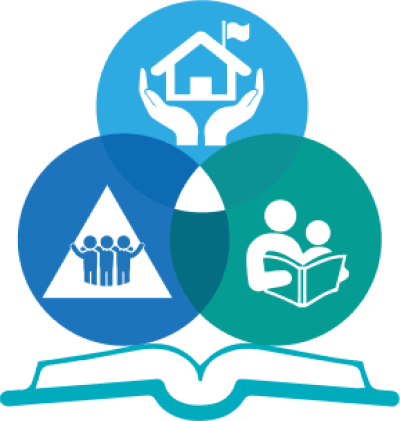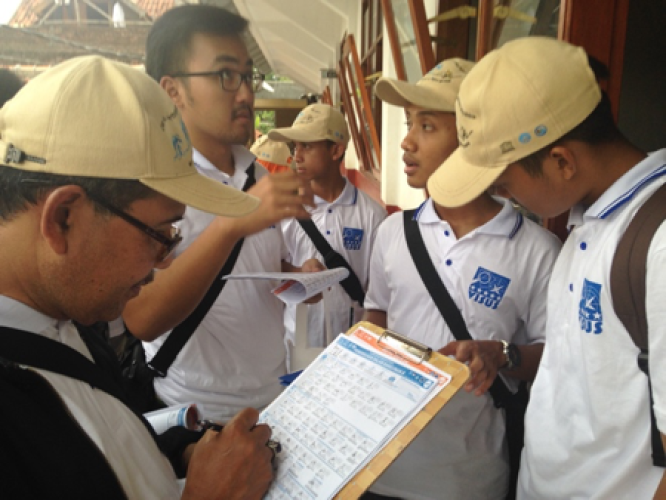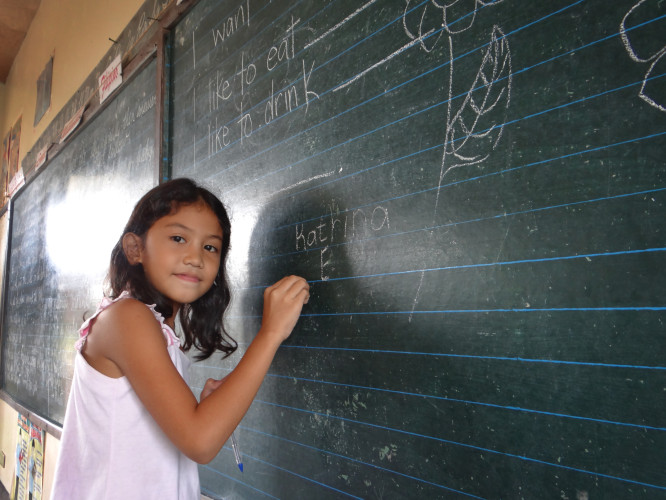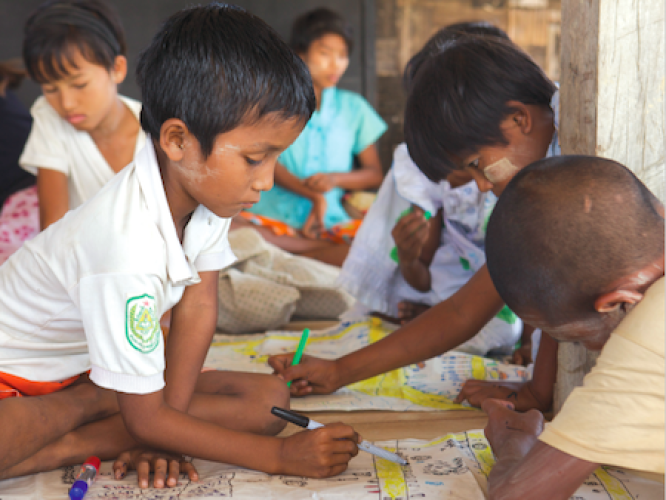
Comprehensive School Safety Framework
for Child Rights and Resilience in the Education Sector
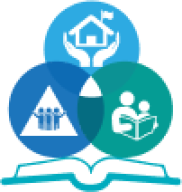
Comprehensive School Safety Framework
for Child Rights and Resilience in the Education Sector
The purpose of the Comprehensive School Safety Framework is to provide strategic guidance to duty bearers and their partners to promote safe, equitable, and continuous access to a quality education for all. The CSSF takes an “all-hazards, all-risks” approach, including: natural and climate-change induced hazards, technological hazards, biological and health hazards, conflict and violence as well as everyday dangers and threats. The CSSF is aligned with the SDGS and other relevant global frameworks for child rights and child protection.
In the light of changing and growing risks faced by children and educators, a review of the CSSF started in November 2020 and the CSSF 2022-2030 was released in June 2022.
The animation above describes that the Comprehensive School Safety Framework takes an all-hazards, all-risks approach. These hazards include natural & climate-change induced, technological, biological & health (including pandemics), conflict & violence, everyday dangers & threats. The Framework achieves this across four components; Foundational: Enabling Systems and Policies; Pillar 1: Safer Learning Facilities; Pillar 2 School Safety and Educational Continuity Management; Pillar 3: Risk Reduction and Resilience Education.
Goals
The goals of the CSSF are to take a participatory risk-informed approach to:
- Protect learners, educators, and staff from death, injury, violence and harm in schools and other learning spaces
- Plan for education and protection continuity, and limit disruptions to learning in the face of shocks, stresses, hazards, and threats of all kinds
- Promote knowledge and skills of learners and duty-bearers, to contribute to risk reduction, resilience building, and sustainable development.
Components
Foundation is the enabling systems and policies needed to support child rights, sustainability, and resilience in the education sector. The foundation supports three intersecting pillars that involve different groups of actors, scope and responsibilities.
Safer Learning Facilities addresses ensuring the safety and sustainability of new and existing school buildings, infrastructure, and surrounding environment to protect teachers and learners and safeguard education sector investments.
School Safety and Educational Continuity Management addresses equity-focused risk assessment, risk reduction, response preparedness, and educational continuity planning, for children’s health, safety, and well-being.
Risk Reduction & Resilience Education develops individual and community understanding and capacity to assess all hazards and risks. It seeks to protect child rights and resilience in the education sector through risk reduction, response preparedness, and strengthening social cohesion and psychosocial well-being.
